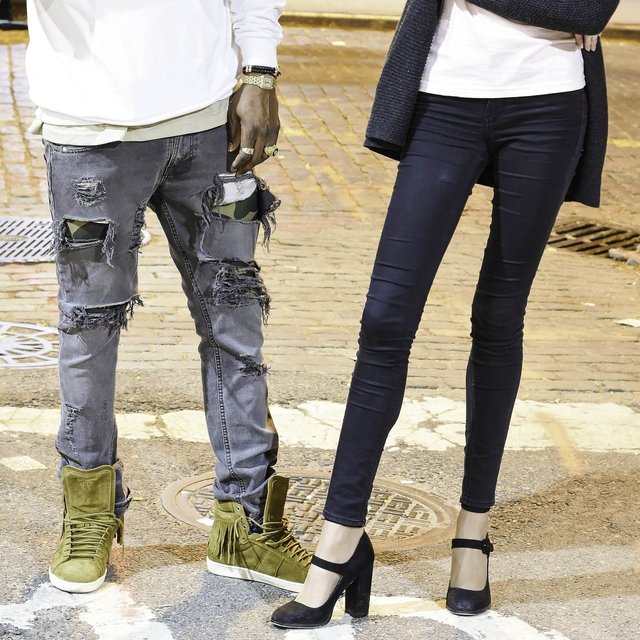Why do your jeans 👖 tear out quickly
The first pairs of jeans were designed for durability.
Named for the French city of Nîmes,denim was constructed as a sturdy cotton weave worn by sailors.This rugged material got even stronger
in the 19th century,when Levi Strauss and Jacob Davis added metal rivets to reinforce stress points.
Their design introduced a new brand of durable trousers for California miners that could withstand years of wear and tear.Over the course of the 20th century,these working-class pants have transformed into fashion icons.But as the demand for jeans has gone up,their durability has gone down.

Today, most pairs last no longer than a year.And each new pair you buy has a much
higher cost than you might think.Every pair of jeans begins its life in a cotton field.It takes about 0.7 kilograms of cotton to produce a single pair of pants.
Growing this much cotton requires roughly 10,000 liters of water,not to mention various herbicides
and pesticides,which can contaminate groundwater.
The cotton is harvested by hand or industrial machines and transported to textile factories
where it’s spun into yarn.At this point, it’s typically combined with plastic fibers like spandexto increase the yarn’s elasticity.These plastic threads make modern jeans more comfortable and flexible,but also much less durable.Next, the yarn is dyed
jeans’ trademark blue.Historically, this color came
from natural plant-derived indigo.But most modern manufacturers use a synthetic dye made from petroleum byproducts and toxic chemicals.Once dyed, the cotton-plastic blend is woven into denim sheets,which are then cut and sewn into jeans.
After assembly, some jeans undergo additional procedures to get a distressed look.This often includes chemical sprays and multiple cycles of acid-washing,the toxic runoff can turn rivers
indigo-blue.
Finally, there are the zippers,
buttons, and rivets made of copper and other metals,whose mining is yet another source
of environmental degradation.All in all, the manufacturing process for a single pair of jeans
emits over 33 kilograms of carbon—the equivalent of driving over 110 kilometers.But this process doesn't just damage the environment.Much of the world’s cotton is grown in developing countries,with poor labor practices and few protections for workers.
Cotton here is often picked by children or forced labor,and most jean manufacturing plants frequently expose workers to toxic chemicals throughout production.One particularly dangerous technique
called sandblasting involves spraying jeans with fine sand at high pressures and has been linked with numerous cases of incurable and often fatal lung disease.Like many globally produced products,
jeans are made in poor countries and bought in rich ones.All these pants will likely be washed
dozens or even hundreds of times per year.This energy intensive process breaks down the plastics woven into each pair,releasing microplastics into the water and, perhaps most ironic of all,
shortening the jean’s lifespan.Like most waste, discarded jeans end up in landfills,where their decomposition releases methane gas,while their dyes and plastics leach into the soil and groundwater.Some companies are working
on solutions here,from using organic cotton
to recycling and reusing denim.
You can also help reduce the environmental impact of your favorite pants by buying used jeans and buying fewer pairs altogether.
Denim manufacturers also recommend only washing your jeans once every 10 wears.And, when possible, air dry your pants to reduce energy consumption.
Life cycle and labor problems like these extend far beyond just jeans.Some governments are pursuing policies to make companies more responsible for worker pay and welfare,but unsustainable practices still run rampant throughout the fashion industry.
So when the price tags on your clothes seem like a steal,it’s important to consider who’s actually being robbed.